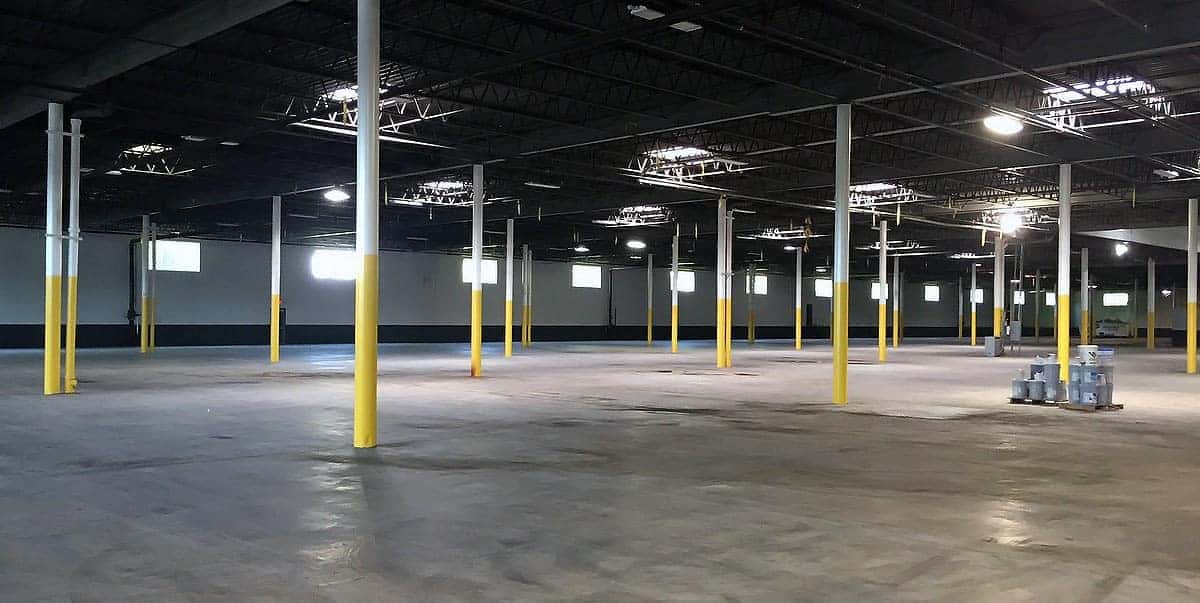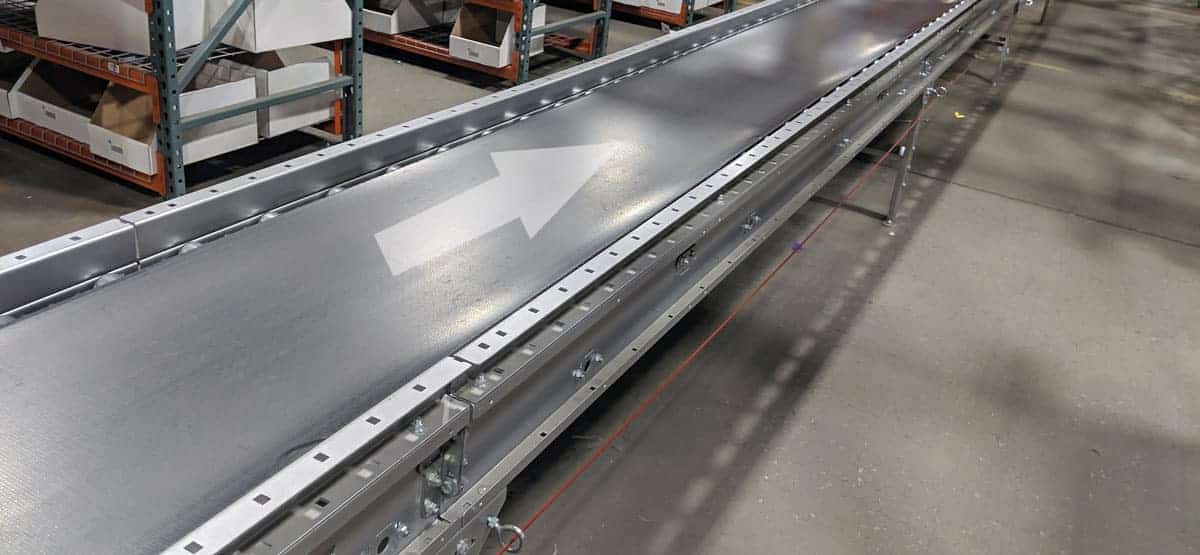E-Commerce Changing Thoughts About Warehousing
Lee Iacocca, the late chairman of Chrysler Corporation was famous for a quote in the last century about progress. “You can lead, follow, or get out of the way.”
A growing trend in warehousing is following this philosophy. E-commerce is turning the industry on its head by changing everything from the use of warehouses to geographic preferences.
E-commerce approaches warehousing from an entirely different perspective. The main focus has shifted from storage to the last mile of delivery in the supply chain.
Sure, there remains a need for storage racking but the manner in which the racking is used is changing from a strictly industrial emphasis to that of customer-centric e-commerce.
These changes have interesting ramifications that affect the building, its location, and the material handling equipment.
The Building
The average person comparing a warehouse built in the 1980s and one built today probably would notice little difference. A few may say the newer warehouse is bigger.
The trend in warehousing since the turn of the century has favored larger facilities for reasons of efficiency. However, the structure itself contains subtle changes that e-commerce operations need.
Ceiling height is an important consideration for e-commerce applications. The typical range of ceilings in this type of warehouse is between 32 and 36 feet tall.
A reinforced ceiling is particularly appealing in some circumstances (we will discuss later).

The use of concrete is equally important. Building codes often dictate the minimum thickness of a concrete slab for a warehouse, with the emphasis on minimum. That thickness varies but frequently is four to six inches. This thickness is not appealing for e-commerce.
Most e-commerce warehouses require at least seven inches with the ability to withstand 4000 psi. But there is more. Heavy truck traffic demands at least an eight-inch base for the truck court.
The perception of warehouses is that they’re dark, poorly lit spaces. E-commerce is changing this perception.
These facilities require natural and energy-efficient lighting. The need for energy efficiency also is preferred when it comes to heating and cooling. It is why e-commerce warehouses have more insulation. The use of these products improves worker productivity and help maintain product integrity.
The Location
Warehousing was treated with disdain in the real estate circles because it lacked the glamour of office and similar complexes. Most new warehouse complexes relocated from densely populated areas into more rural settings.
The emphasis on the last mile of delivery is changing this and now many warehouses are moving back into cities.
Amazon and other companies are making this possible by offering delivery of products in a matter of hours instead of days or weeks.

Most deliveries happening today that come hours after the purchase are not delivered by drones.
No, the traditional delivery methods of trucks and vans continue to dominate product delivery. It is why e-commerce companies search for warehousing with easy access to major transportation routes (highway, interstate, and airports).
This access also makes it easier to attract workers who want fast access to and from the location.
Material Handling Equipment
Again, most people looking at a traditional warehouse and one designed for e-commerce may not see much difference. But look closer and that difference is there.
Products often arrive at an e-commerce warehouse on pallets. Pallet loads remain the most common load in warehousing.
However, e-commerce often requires smaller sizes as the emphasis switches from store delivery to direct to the customer at their home or office.

The pallet racking may include traditional selective racks but also flow and pushback racking to accommodate the larger pallet loads. Once the pallet loads are broken down into individual items, carton flow racking and the use of pick modules assist in preparing products for the last mile of delivery.
Then there are conveyors. Conveyors have use in both warehouse settings, but the level and sophistication of conveying equipment is much different in an e-commerce warehouse.
The conveyor is the primary method of product movement in e-commerce and often hang from the ceiling (the major reason e-commerce companies want reinforced ceiling structure).

Automation plays an ever-increasing role in material handling including e-commerce warehouses. The automated storage and retrieval systems (ASRS) increase productivity for many large facilities. These systems pick products and deliver each to product picking stations where workers complete the order and send on for shipment.
Systems such as ASRS also help by reducing the amount of labor required to pick and store products, something that is extremely helpful in tight labor markets.
E-commerce is changing the face and manner warehouses operate. Making the transition from traditional to e-commerce warehousing requires knowledge and skill. The design, construction/retrofitting is different for each application.
Therefore, if you are considering updating your facility, you should work with people who understand every aspect of the warehouse for each application.